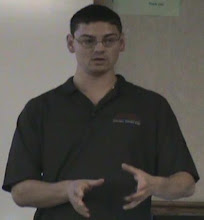
From arXiv recently: A quantum model of stock market by Zhang and Huang. The abstract:
Beginning with several basic hypotheses of quantum mechanics, we give a new quantum model in econophysics. In this model, we define the wave function and the operator of the stock market to establish the Schrodinger equation for the stock price. Based on this theoretical framework, an example of a driven infinite quantum well is considered, in which we use a cosine distribution to simulate the state of stock price in equilibrium. After adding an external field into the Hamiltonian to analytically calculate the wave function, the distribution and the average value of the rate of return are shown.
This one caught my eye and I figured it was worth mentioning since I work on financial web services for Xignite. It looks like the references would be a good place to start looking for other work using models of physics to study economics.

